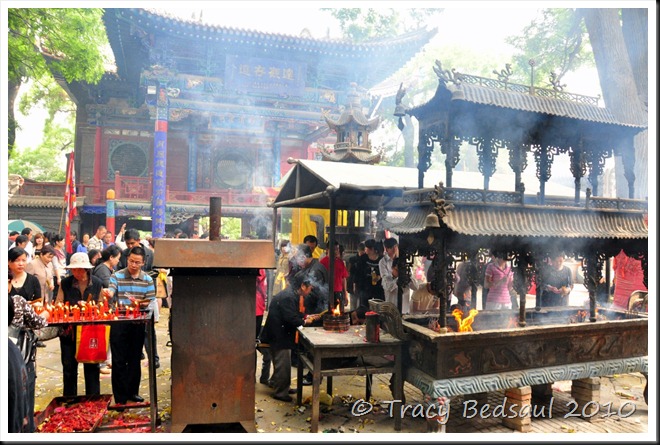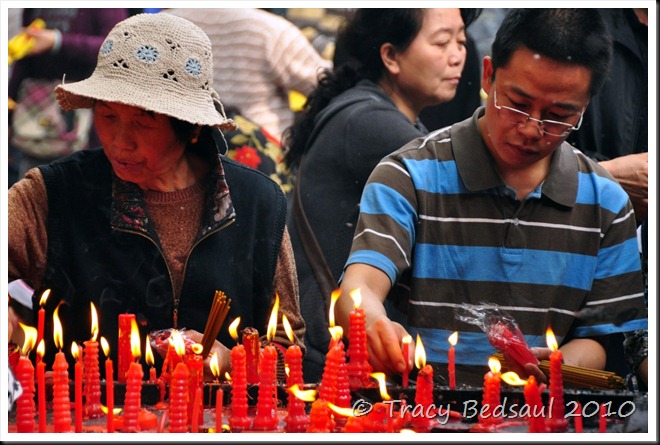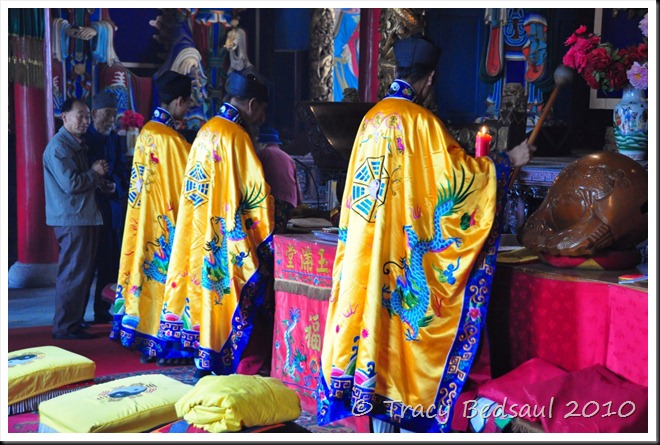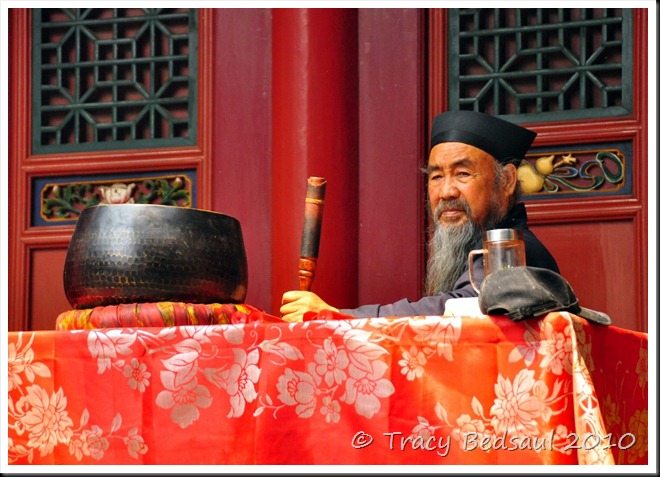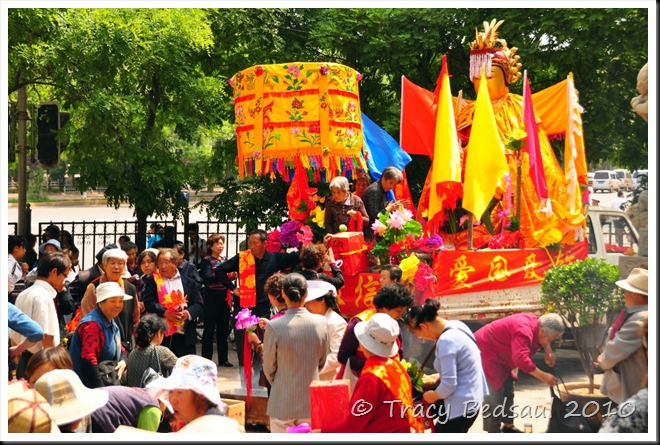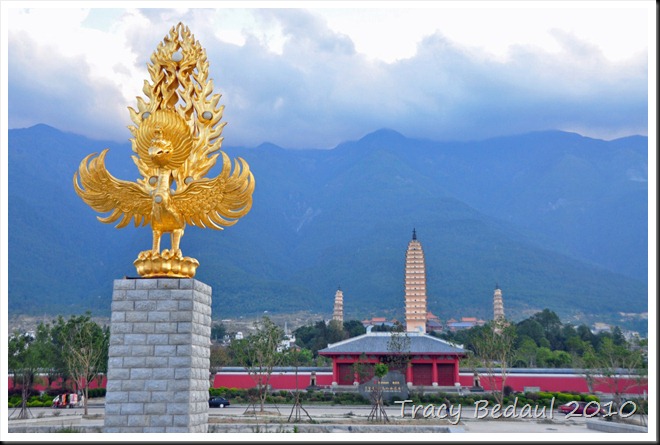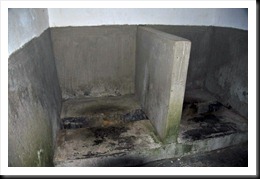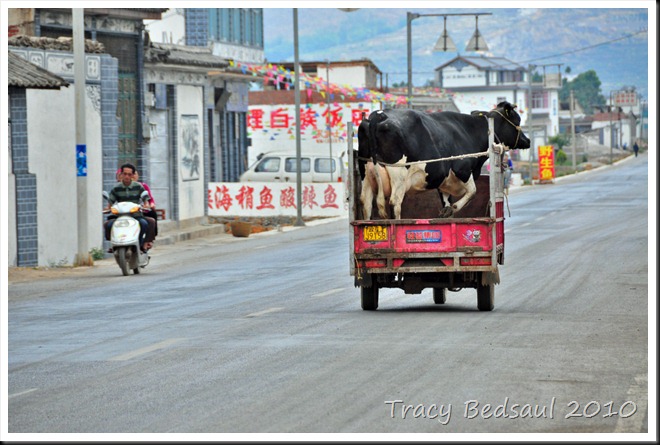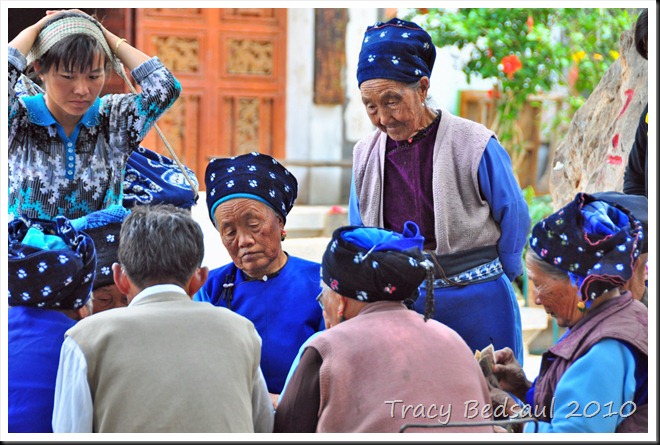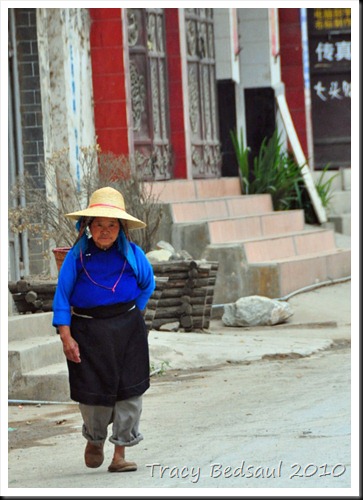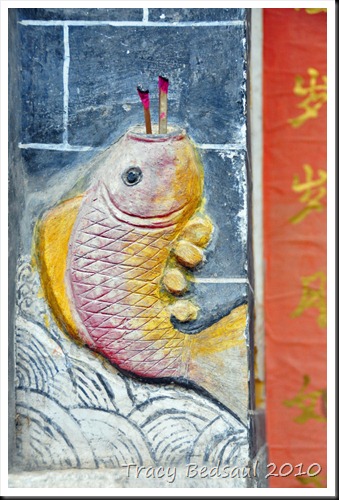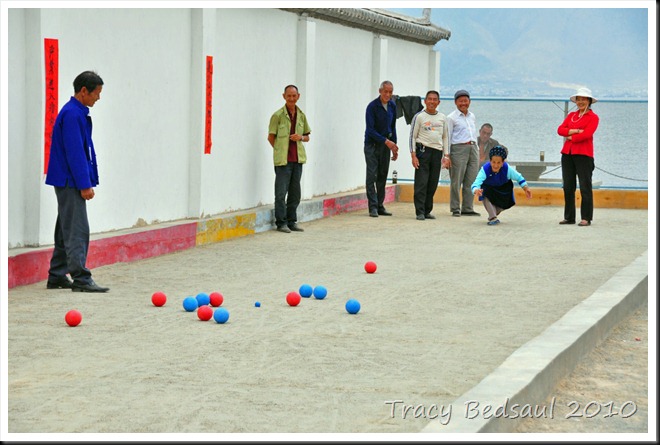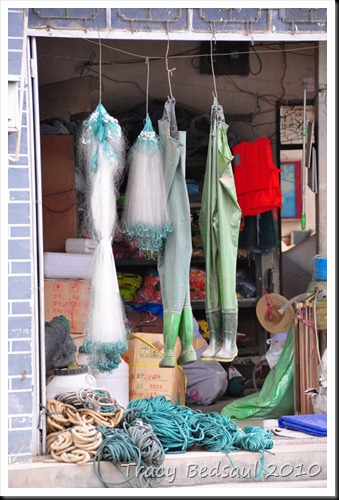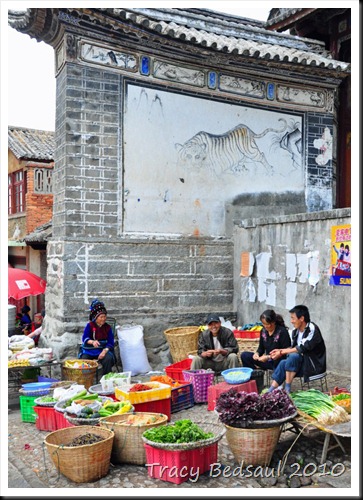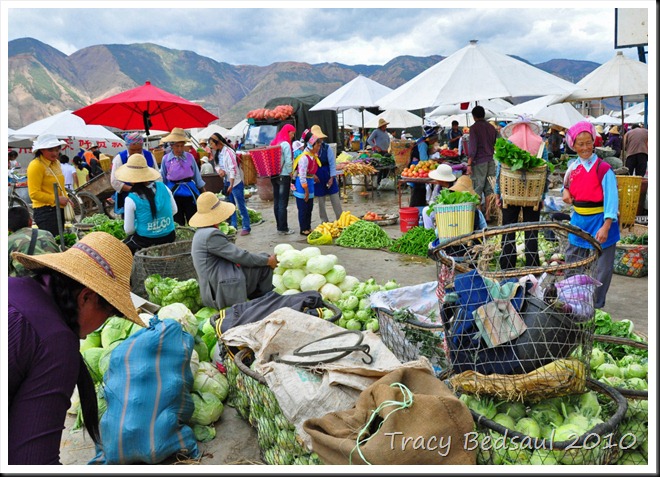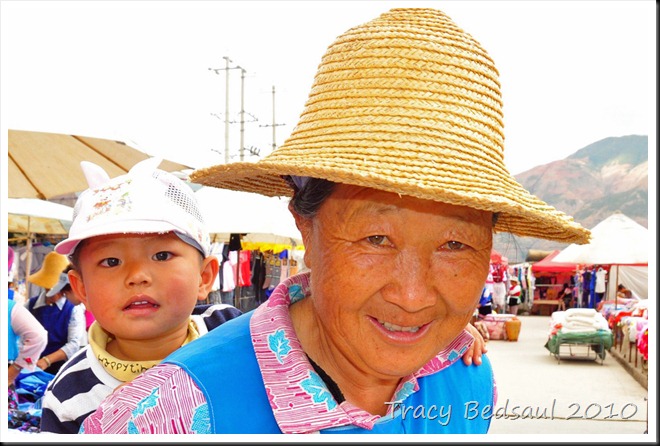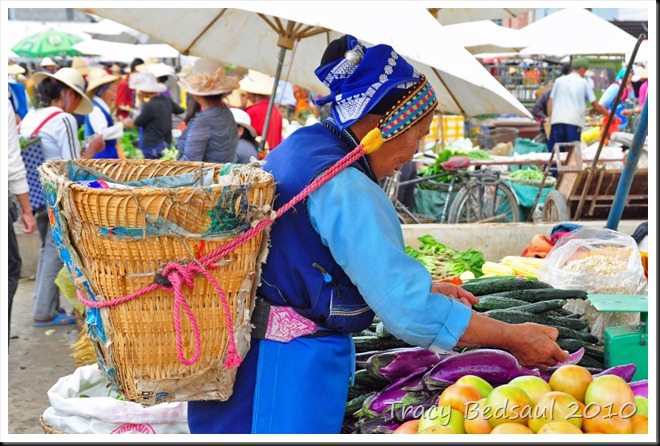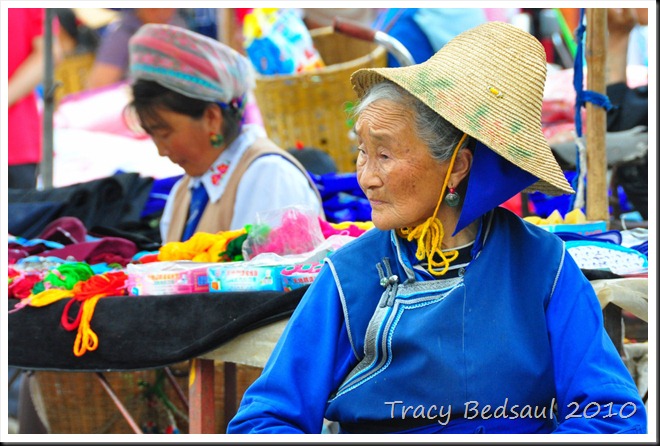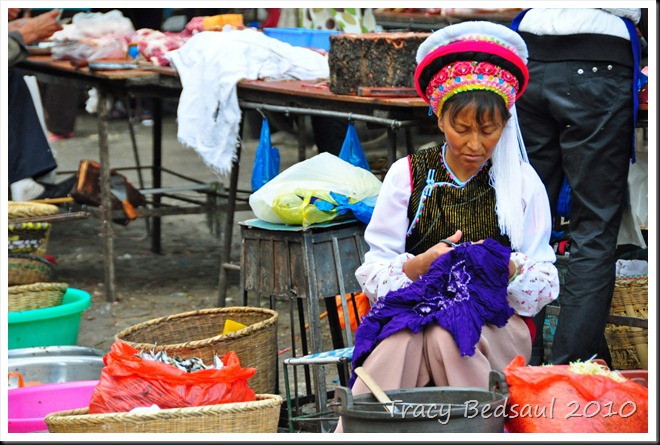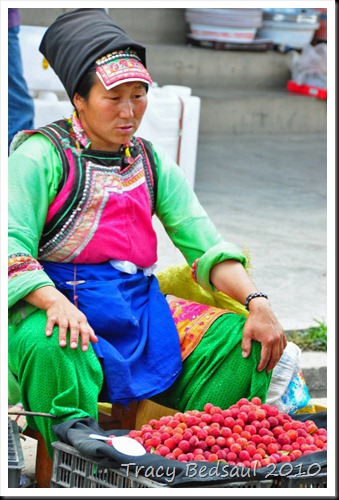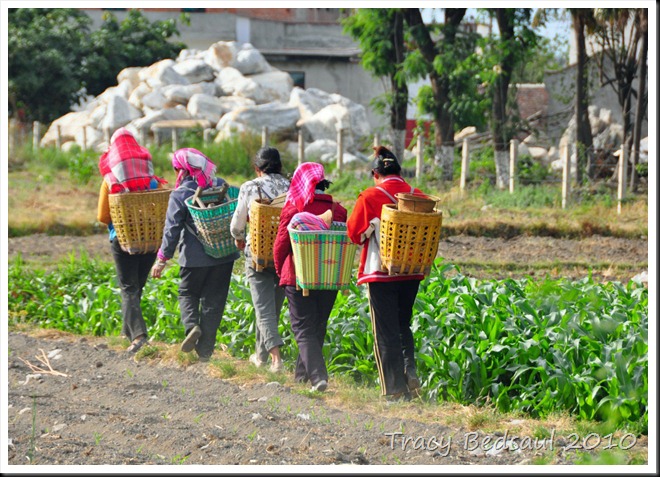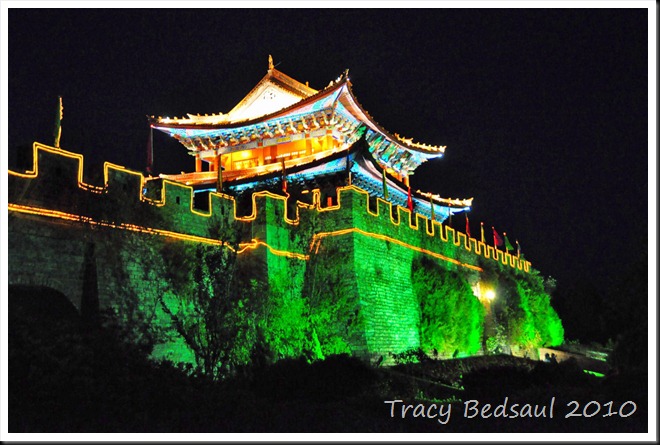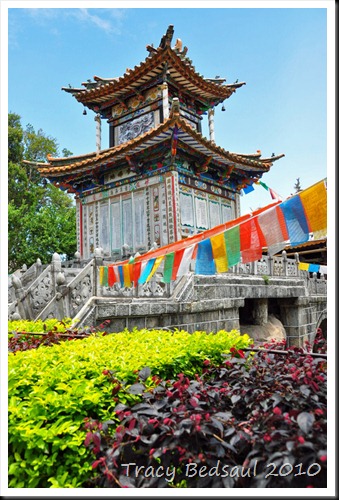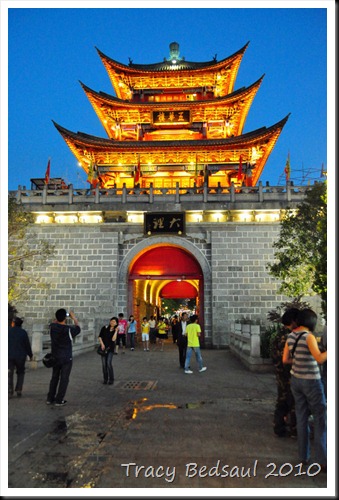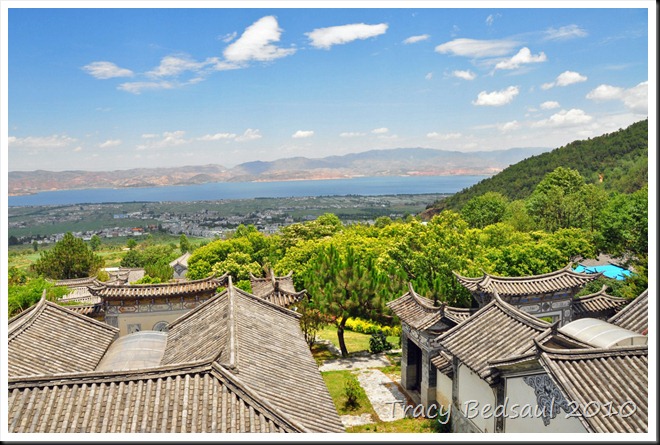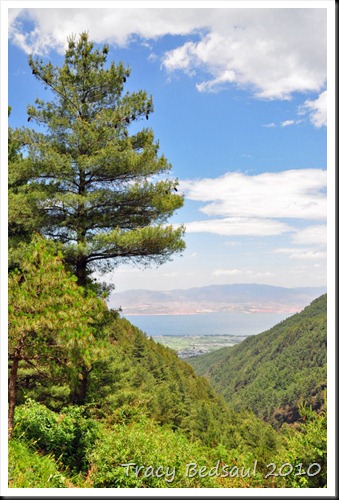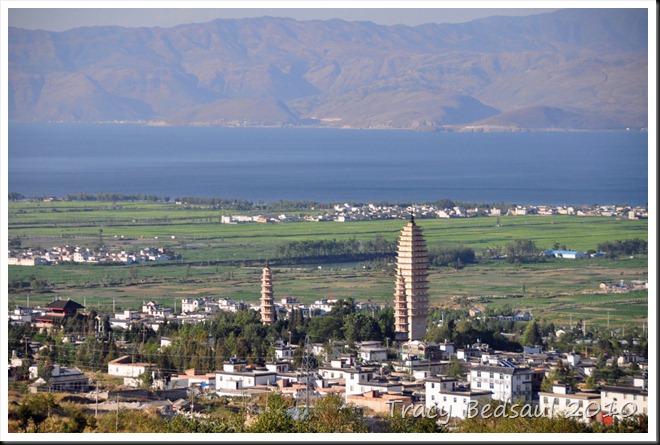Stats:
Destination: Chengdu, China (Sichuan Province)
Number of Days Spent: 4 days
Where we stayed: Chengdu Lazy Bones Boutique Hostel – about $20 for a private double with ensuite bathroom (with free breakfast & wifi) – We really liked this new hostel. It was very clean, quiet and centrally located on multiple bus lines (near the soon to be metro as well). The free bike tour is not to be missed, we had a terrific time exploring the streets and markets of Chengdu with the friendly guide. She even hooked us up with some super spicy mouth-numbing Sichuan lunch dishes. Please don’t miss it if you are staying here. The other tours, including the countryside tour, received rave reviews from other travelers. We booked the panda tour with them and it was ok but had more of a “tour” type feeling to it as it was combined with quite a few people from their sister hostel, Mix. Still, it well worthwhile as it was the only way short of a taxi to get to the pandas in the early morning. We really enjoyed our hostel, but Chengdu is one of those rare places were competition in the hostel segment has really taken over. We heard good reports from nearly every person we met about their respective hostel so I think that most choices would be just fine.
Best restaurant: Tracy Loves Sichuan food, the spicier the better. We only had 1 bad meal in Chengdu (see below for our chicken head story). While Jason could live out his days content without the numbing effects of the Sichuan peppercorn, Tracy could not get enough.
Best of: We came to Chengdu to see the pandas but the city is so much more than that. We walked away thinking that we could have spent a lot more time there. It’s such a laid-back, clean city with a vibrant tea culture. We whiled away hours playing cards and sipping on tea just like the locals in the park! No matter your personal traveling style – from grungy backpacker to high budget vacations, the city of Chengdu should get some strong consideration for any extended itinerary in China.
Other Amusements: More Chinglish signs and an interesting baby-carrier…
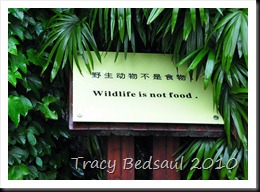
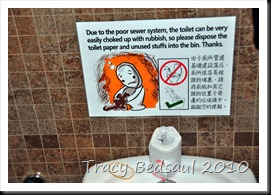
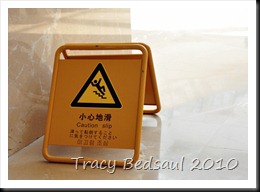
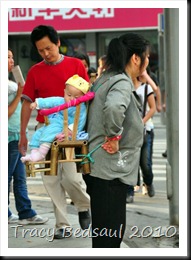 Worst of:
Worst of: We arrived from our border run (visa renewal) trip to Hong Kong simply starving and late at night. The hostel told us there might be a hot pot place around the corner still open so we decided to go check it out. We knew we were in trouble when Tracy’s asks for “tofu” and the lady cackles with a rhetorical “No dofu. ummmm chicken o fish?” Opting for the land feathered variety, the lady emerges from the back moments later carrying a big ‘hot pot’ filled with broth, veggies and poultry. On the very first stir and grab of the chopsticks out emerges the head of our feathered friend. We laughed for a bit, ate a few of the veggies and called it good. It’s a good thing we keep a stash of Oreos in our backpack for such emergency situations!
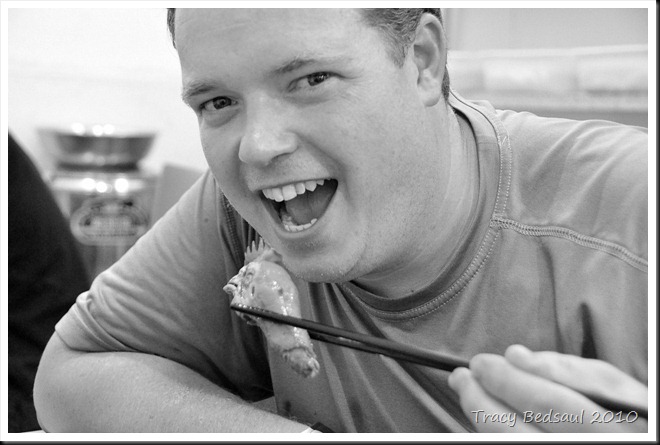
Left off so many itineraries for being out of the way, Chengdu was one of the more surprising places we visited. Chengdu is the 5th largest city in the worlds most populated country but one would probably not guess that statistic just by being in the city. Sure it has the high-rises and sprawl that accompany so many cities, but the feeling you get here is vastly different than that experienced in the likes of Shenzhen, Kunming or many other Chinese metropolis. Bikes are still very much a preferred mode of transportation for many and the roads are actually designed to accommodate them with bike lanes. The constant traffic that plagues so many other towns is somehow more subdued here, perhaps thanks to the cities better than average bus system. The most telling difference, however, comes in the form of a somewhat lost scene in modern China – the tea house.
Nestled in amongst green space, ample shade trees and temples across the city are countless teahouses. Most offer al fresco ambiance with a long menu ranging from a $2 pot of tea to $20+ pots of tea. Sitting down and whiling away a couple of hours chatting with friends over tea and a game is the quintessential Chengdu experience – no offense to Giant Pandas intended.
We took our trusty pack of playing cards and after a leisurely stroll through the park passing exercise crazed Chinese doing some form of Tai Chi set to dance music, we settled in to a $4 pot of tea (free refills), played some cards and watched the world go by. When you are on the road for so long going from place to place and trying to see everything there is to see, it is in these moments that you find a rewarding peace that rejuvenates the soul. Ok, so it was a pot of tea in the park over a game of cards, enough waxing on about the quieter side of life.
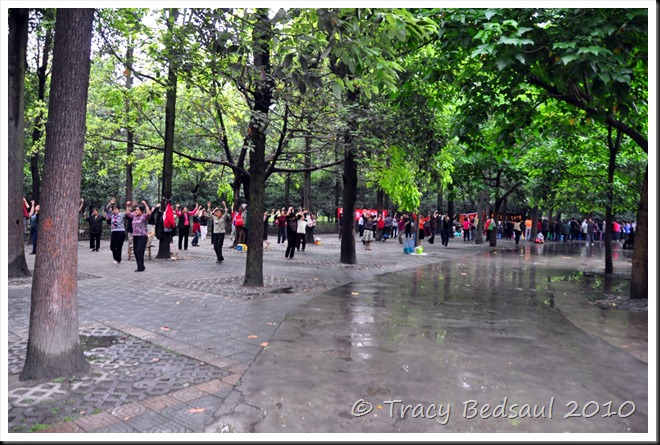
In a nation that is quickly embracing all things of the future, Chengdu is one of the few places that is trying to keep at least one foot planted in the past. Aside from the traditional teahouses, they also try and keep many of the arts alive. One such famous medium is the Sichuan Opera. While I am not sure were the Opera part comes in as the show bears little resemblance to what we think of as an Opera the show is none the less highly entertaining. The highlight of the show comes with the ‘face changers’. Hidden in the headdresses, the actors switch out masks using a slight of hand that would make Houdini jealous. The all male show, some dressed as women, also includes fire breathing and there is a simple plot that is relatively easy to follow despite the language barriers.
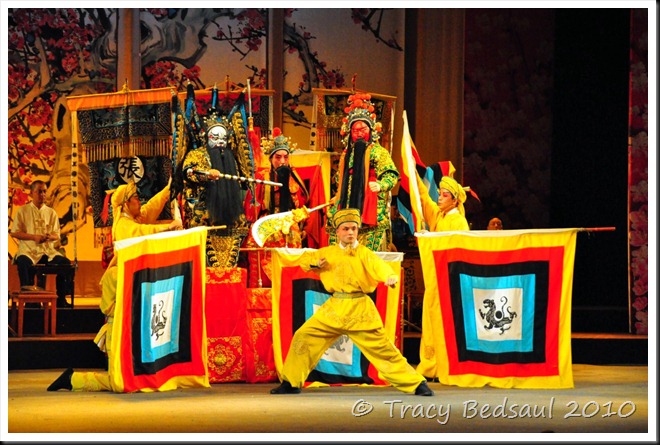
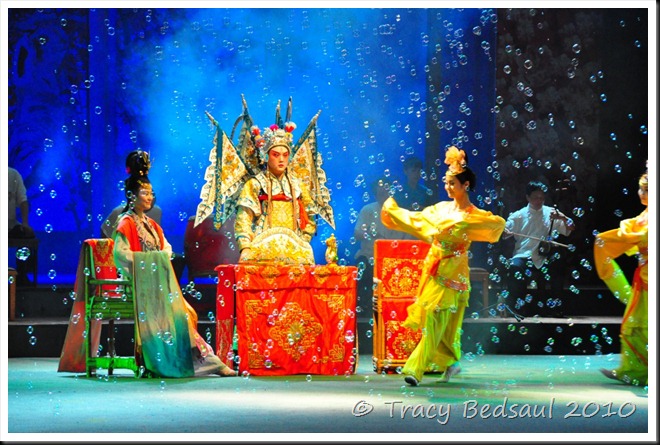
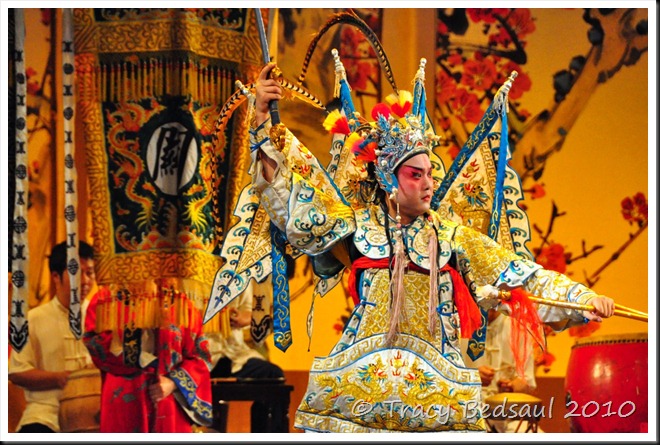
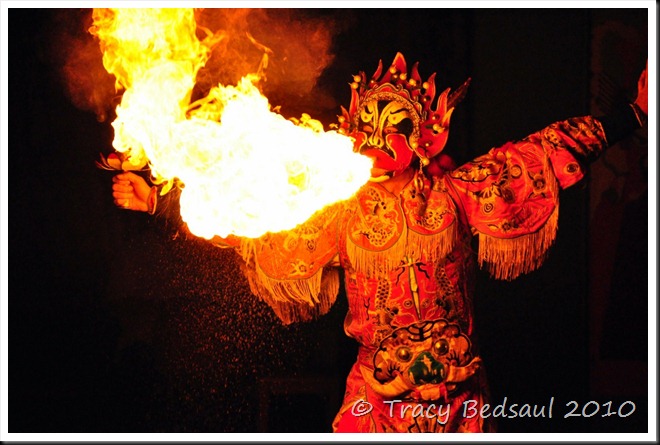
A trip to Chengdu would not be complete without a trip out to see it’s most popular citizens – the Giant Pandas. These furry gentle beasts have been virtually relegated to a captive life as their natural habit has shrunk over the years from human encroachment. The Breeding and Research Base is actually one of a couple in China and resembles more of a zoo than a natural habitat, but the animals appear to be content and a group of this many pandas would need thousands of acres of bamboo forests to roam – something that is rapidly dwindling in China. The main aim of the center is to help the Pandas breed. It’s a tall task considering they seem to have just enough energy to accomplish two tasks everyday – eat and sleep. They only have one food source – bamboo – which holds very little nutritional or energy value meaning that they have to eat copious amounts every day just to have enough energy to, yep, you guessed it – eat and sleep. They are on the endangered species list for a reason.
Laziness aside, they are infinitely cute and there cannot be a soul alive that doesn’t fall in love with these guys at first sight. Most Hostels have trips that are slightly more expensive than the public bus – which takes one transfer and over an hour to get out here just before nap time. Alternatively, a taxi can get you out here and back for about double the cost but you have as much time as you wish. However you get here, make sure you get here early – before 10am to see them eating, otherwise it’s can be a bit of a snooze fest . . . literally.
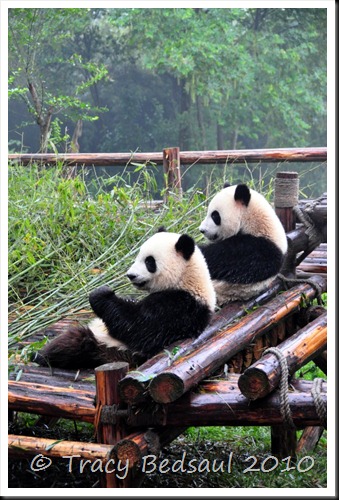
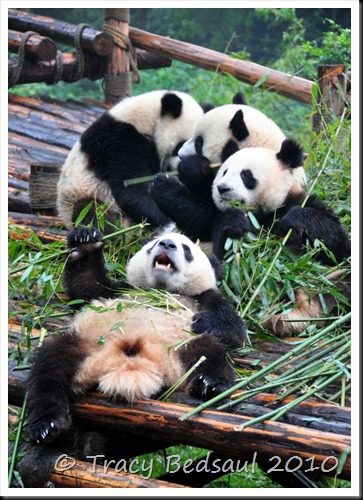
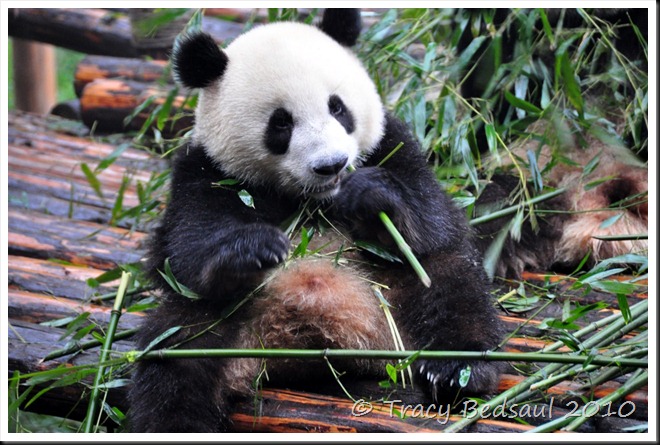
Looking more like a raccoon than a Panda, the research center boasts a handful of red Pandas as well. Cute, but no match for their Giant cousins.
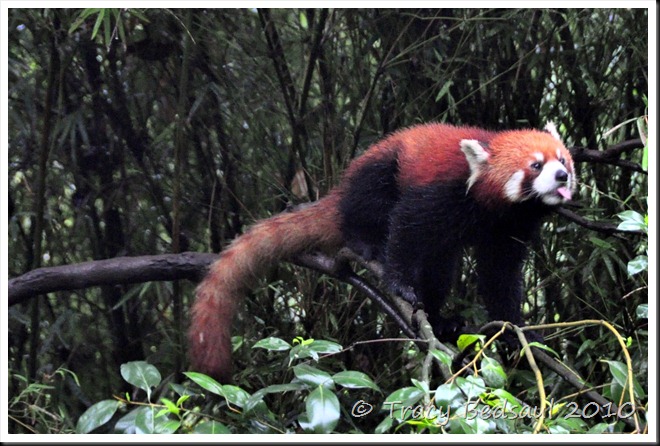
Another highly recommended thing to do in Chengdu is to get on a bike and ride. For a city of 12+ million people, it’s surprisingly easy to get around by bike. Many hostels, including ours, offer free bIcycle tours, including the bicycle. The tour takes you to several of the main temples, parks and the local market. On the way to the market, we passed by these ladies banging on their drums. The troupe is hired by new businesses as a sort of grand opening festivity. Whether they were practicing or actually performing we couldn’t tell.
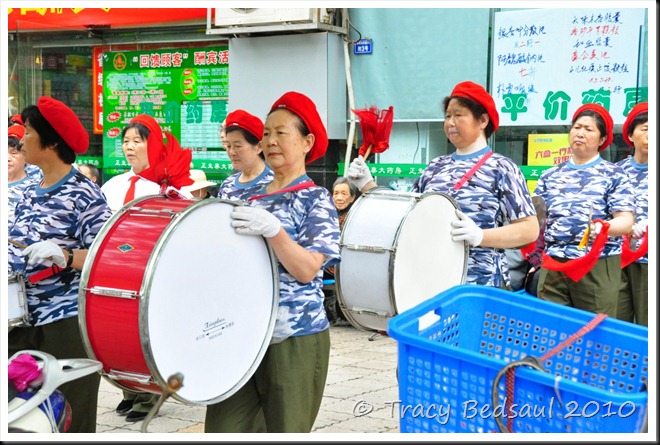
Turtles, alligators, frogs, sea mollusks, sea cucumbers and star fish might not be tops on the list on a western menu, but in China they are considered a special treat. The often times superstitious Chinese take the phrase “You are what you eat” to a whole new level. Many traditions hold that by eating certain animals one can bring about various outcomes – live longer, bring good luck, increase wealth. Invariably all of these outcomes are far out shadowed by the ever popular virility result. Ahhh yes, all over the world when it comes to eating strange things the purveyor of said strange food will say something to the effect of “good for making baby” or “good for man parts” or “make good strong boy”. In a nation that only has one shot at producing offspring, many look for any way to ensure that it’s of the X chromosome nature. The world around them may be rapidly changing, but every Chinese man wants what he has wanted for 1000’s of years – a male to carry on the family. It was in this context, as we were wandering around the market, that we saw a man shell out nearly $200 US for one turtle.
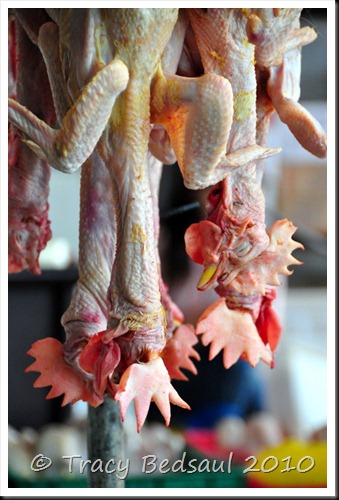
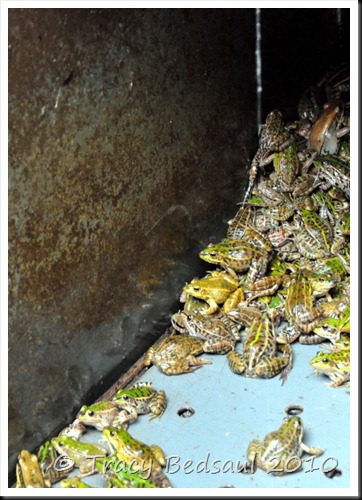
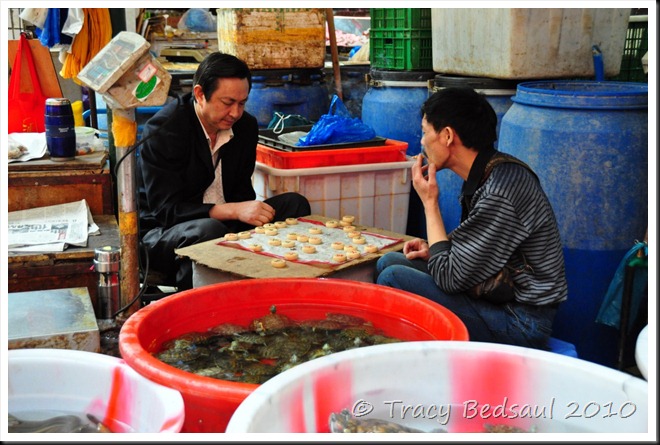
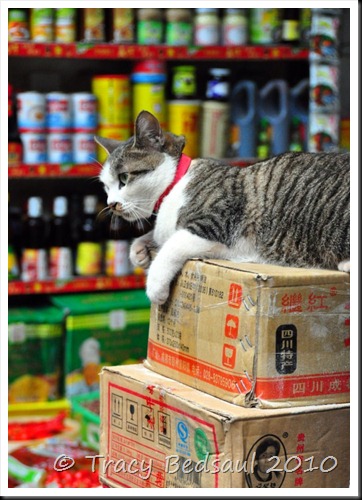
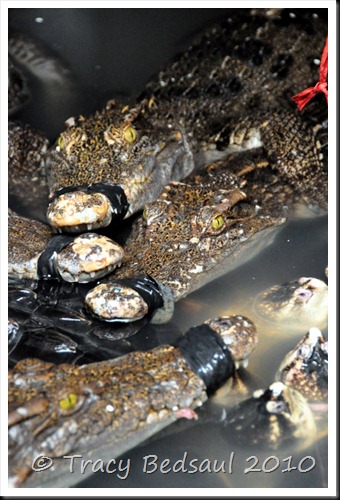
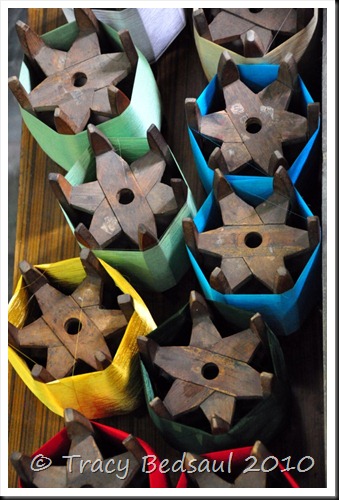
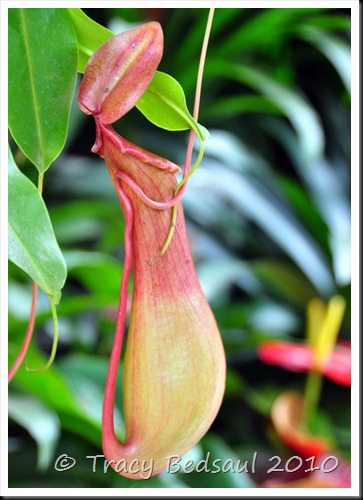
After departing the market, we continued the bike tour taking in several temples along the way. the Cultural Revolution took its toll on Chinese religions, but they have certainly made a comeback. Chengdu was also the first real place where the Tibetan culture could be seen and felt so far in our journey.
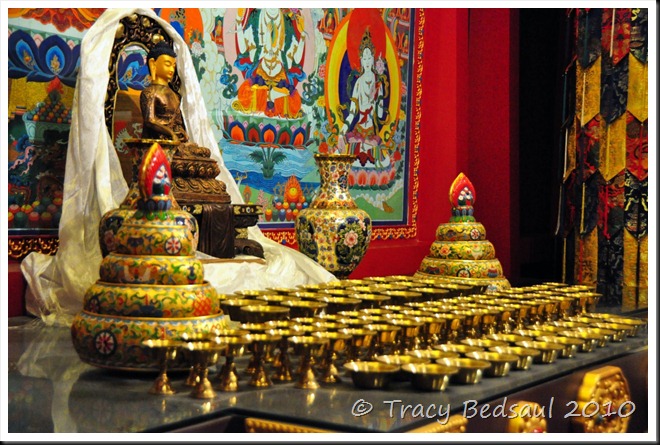
We ended the day on the bikes by the ever present Chairman Mao statue (every town of significant size has one of these – Chengdu’s is reportedly one of the largest).
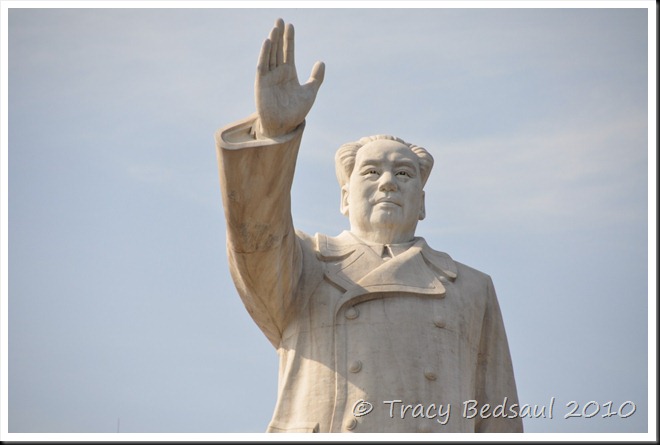
While in Chengdu, we explored the option of going to Tibet. After weighing the finances vs. reward we decided for a cheaper option – albeit not Lhasa or Tibet proper. Packing our bags we decided to head north to visit one of the lesser known and even lesser visited Amdo Tibetan Region. Before we could get there however, we had to pass through what was once known as the “World’s most polluted city.” Excited? We certainly were.

